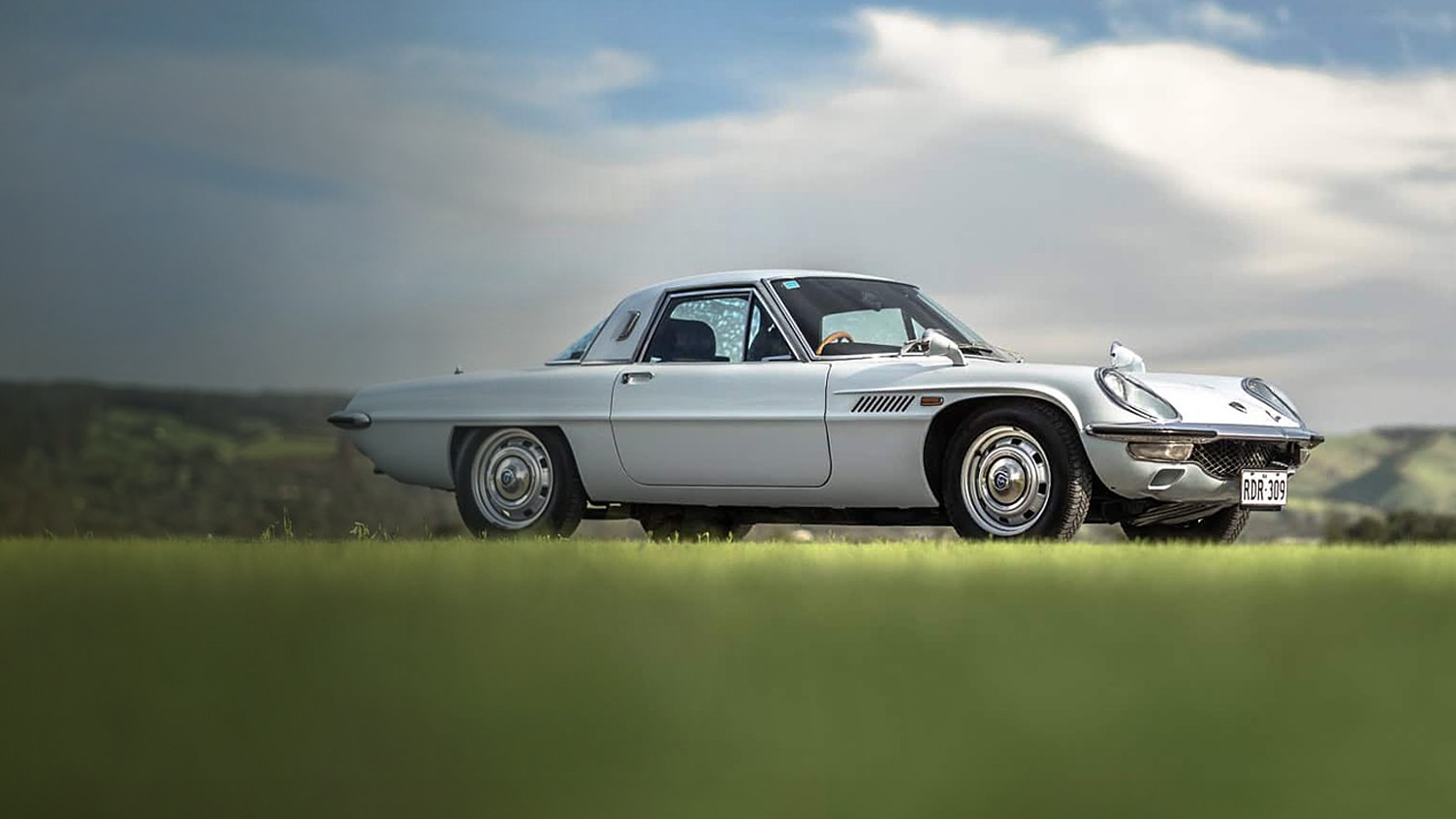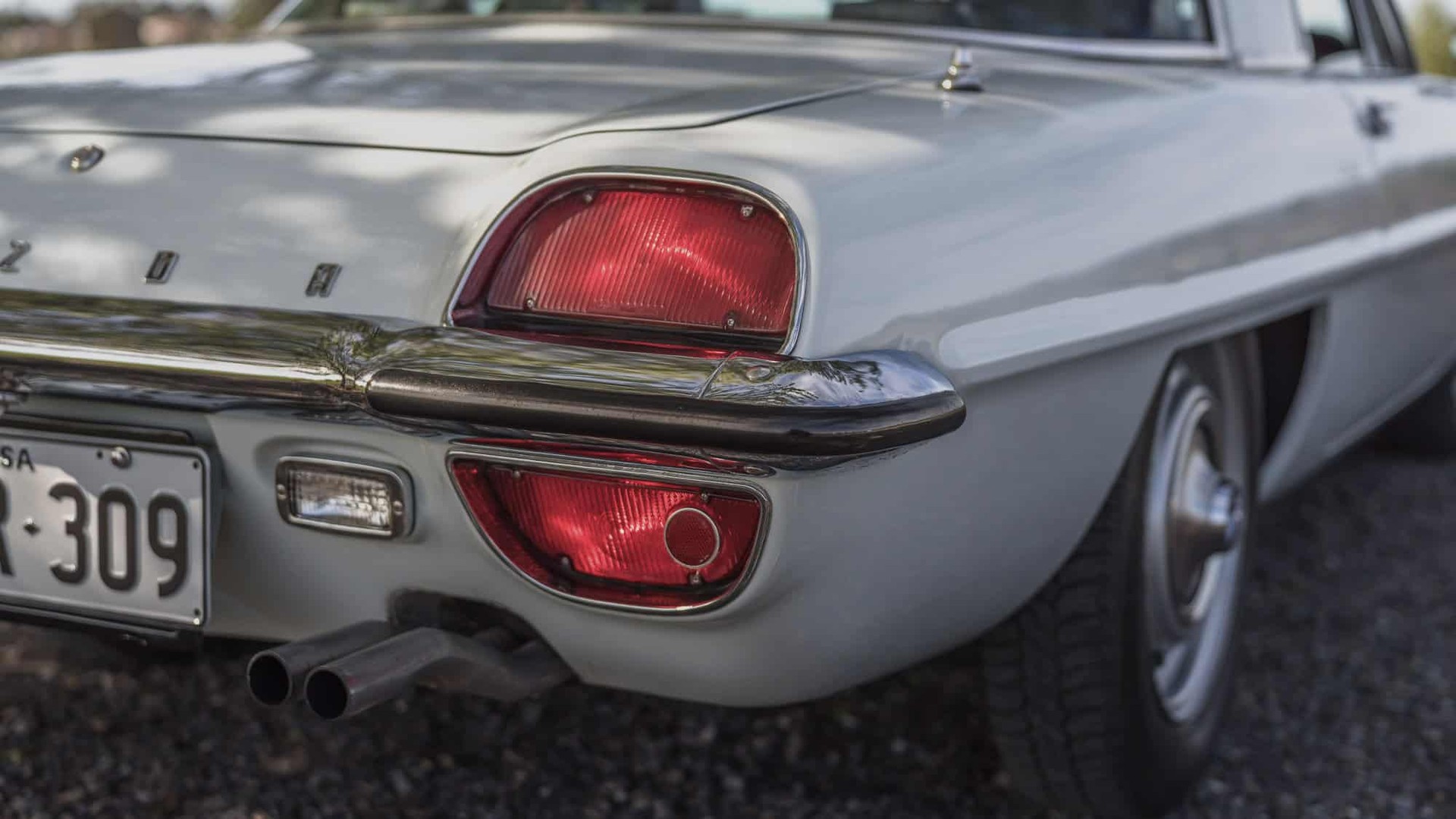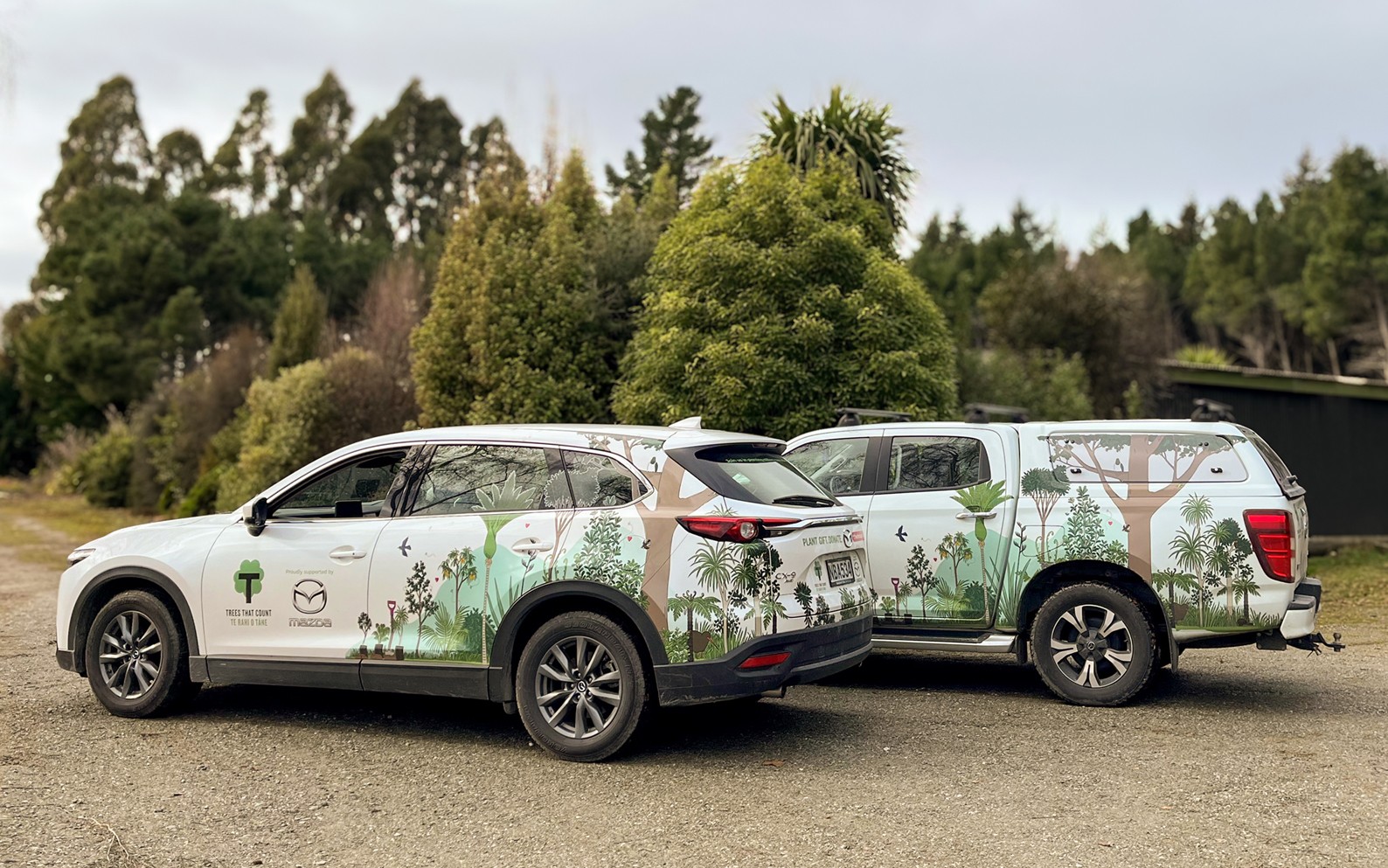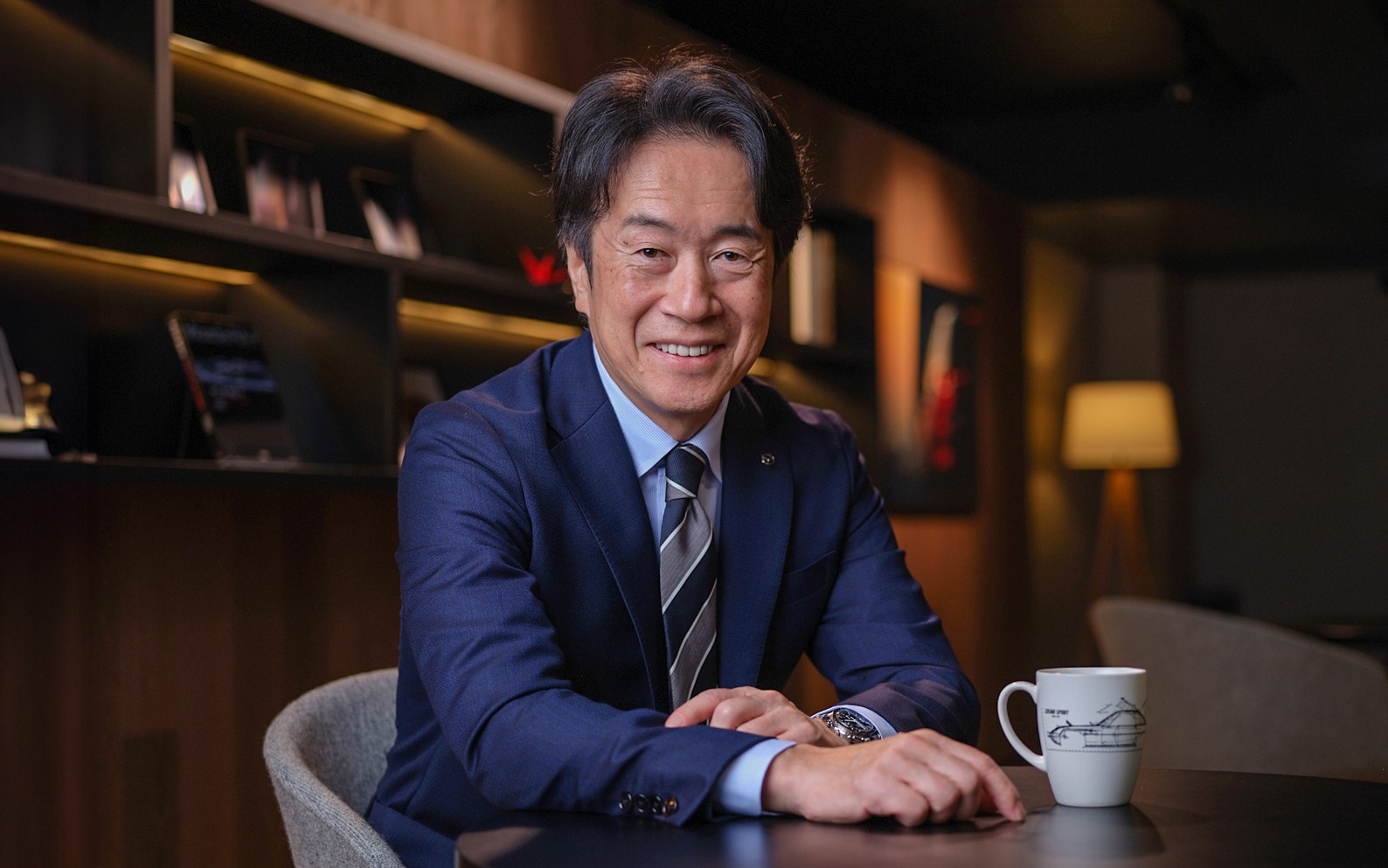INSPIRE
The Rare And The Collectable
Throughout Mazda’s storied history, there have been countless unique models with joyful driving at their core. Here, Mazda Stories celebrates a special few—and the people still driving them today.
Every vehicle has a natural shelf life but, for a rare few, the emotional bond they create with their owners can transform them from utility to eternity, kept alive seemingly forever through the turn of wrenches on driveways and in garages around the world.
Mazda believes that every car should deliver an uplifting experience, both emotionally and physically. However, with these motoring rarities almost the opposite holds true. Because it is only through passionate human endeavour—emotional and physical—that we can enjoy such collectable vehicles. These are not museum pieces, destined for a life of climate control and static gaze. These are pure Mazda, being driven today out on the open road in exactly the way they were designed to be when they rolled out of the factory decades ago: for the sheer fun of it. Welcome to the joy of driving.
Brian Skotchdopole’s Mazda REPU
Sold only in North America between 1974 and 1977, the Mazda Rotary Engine Pick Up—often abbreviated to REPU—is considered to be one of Mazda’s most striking vehicles. “To me, the REPU represents a time when Mazda was proud of the rotary engine,” says Brian Skotchdopole, who drives (and once raced) his 1974 REPU throughout Albuquerque, New Mexico. “I’m very attached to this truck as it was my first introduction to rotary Mazdas. The old-schools are just a little more special. I’ve now got a handful of RX‑2s, RX‑3s, and RX‑4s,” he says. “Without getting into the REPU, I probably would’ve missed these special vehicles altogether.”
Thirty-one-year-old Skotchdopole, whose daily car is a Mazda RX‑8, came across his now 50-year-old REPU in Denver, Colorado. “They’re a bit tough to find,” he says. “It belonged to a rotary shop owner, and he showed me pictures of the truck lined up at the drag strip at Bandimere Speedway from before I was even born.”
“I still use it as my shop truck for my business.”
BRIAN Skotchdopole, USA
Despite this pedigree, the REPU still packs plenty of punch. The acceleration the rotary engine provides, Skotchdopole says, is “exhilarating,” while the minimal body roll and feedback when cornering have that unique Mazda touch. “I still use it as my shop truck for my business—Rotor Rehab,” he says. “We specialize in bringing rotary-powered cars back to life and get them back on the road. I’m sure there have been hundreds of rotary engines and tires in the REPU’s truck bed.”
As for the “rotary power” decal on its rear? “That’s to let everyone else know just how special it is,” says Skotchdopole. Now 50 years since the REPU’s debut, this “king of the mini trucks” remains “absolutely fantastic,” he smiles. “It’ll go forever.”
Ferdi van Hout’s Mazda RX‑4
In the Netherlands, 41-year-old Ferdi van Hout also holds a special relationship with Mazda’s rotary engine technology. Van Hout has owned a 1991 Mazda RX‑7 FC Turbo and a 1975 Mazda 929, and his love for these “old-school rotaries” saw him start a restoration project with an eye-catching 1974 Mazda RX‑4—a culmination of RX‑7 and MX‑5 parts, and even a few that he built himself. “I wasn’t even the highest bidder for the project,” he says. “But to the seller, I was the right guy to finish his work and make it a one-of-a-kind build.”
It would take van Hout over four years to make the RX‑4 roadworthy, with the vehicle undergoing a full restoration from the ground up. While it’s a project that “will never truly be finished,” he says, he made sure to go back to the seller to show the fruits of his labour. “Seeing and feeling the car alive brought tears to his eyes,” he says. “He remembered every corner of the body and what had been done.”
“We got married in this car. It’s now a big part of our life story.”
FERDI VAN HOUT, NETHERLANDS
Since then, the RX‑4 has seen plenty of action, with joyful countryside cruising and, more remarkably, playing a key role in van Hout’s wedding day. “We got married in this car,” he says, visibly proud. “It’s now a big part of our life story.” Van Hout also takes the RX‑4 to circuit days at Circuit Zandvoort—the home of the Dutch Grand Prix—with the Dutch Hadi-Mazda Club, a community of Mazda enthusiasts whom he describes as being “like family.”
There’s plenty of external attention, too. “I can’t go anywhere without people taking pictures,” van Hout says. “There’s lots of turning heads and thumbs-ups when people pass me on the highway. Everyone just loves the car.” Despite this, its origins remain a mystery for those watching it speed by. “Nobody knows what it is,” he says. “The surprised look on people’s faces when they hear it’s Japanese is pure gold.”

Roberto Formato’s Cosmo Sport
Some say there’s a closer link between Mazda and the Space Race than you may realize. That’s because the name and the futuristic design of the eye-catching Mazda Cosmo Sport were influenced by the mood of the 20th century, when the admiration for spaceflight was growing stronger by the day. “Once I saw the vehicle, I just fell in love with it,” says Adelaide-based Roberto Formato, who got the keys to his 1970 Cosmo Sport (also known as the 110S) in 2015.
“You can see the innovation in the engine and the design with regard to the space age, and even the cockpit is inspired by an airplane,” he continues, proving exactly why Mazda described piloting the Cosmo Sport as “more like flying than driving.” It took over 18 months of corresponding with an Australian Mazda executive—“I convinced him that I was the right person to purchase such a wonderful vehicle,” says Formato—for him to own one of only 1,176 ever made worldwide. It’s now one of over 50 Mazdas that Formato has owned in his lifetime: his first was a 1976 121 Coupe, his current is a Mazda3, his oldest is a T600 three-wheeler truck.
Today, the Cosmo Sport remains the golden child and, justifiably, won the Bay to Birdwood Preservation Award in 2023. “I love to preserve anything that I can,” he says. “The judges fell in love with it. They recognized the importance of the Cosmo, and the details that made it so special.” Almost ten years of ownership later, this level of preservation demands a blend of “pleasure and pain,” he says, but that hasn’t caused him to come back to Earth just yet. “Cars aren’t anything without some history and stories.”
Anika Thorén’s Mazda RX‑7 (FD3S) Type RZ
Approximately 1,600 kilometres away, another similar story has been unfolding on Australia’s Gold Coast. Anika Thorén, a like-minded Mazda enthusiast, has been hard at work on her 2001 Mazda RX‑7 (FD3S) Type RZ—one of only 325 in the world. “People tell me it’s one of the cleanest RX‑7s they’ve ever seen,” she beams, having bought it after two years of searching far and wide. “She is number 245 of 325, as Mazda only made the RZ for seven months.”
“When I die, I’ll be buried in her.”
ANIKA THORÉN, AUSTRALIA
For Thorén, the RX‑7 (which has since been nicknamed “Feisty”) has been a catalyst for lifelong memories made with local communities. “The rotary engine alone has created such a passionate community who understand each other and have mutual respect,” she says. “I also organize an event called Sevens Day in the Brisbane region, which has become a bit of a worldwide celebration.”
Having owned the RX‑7 FD for seven years, Thorén has been hard at work accentuating the vehicle’s shape, including a vented hood, gunmetal wheels, and carbon-fibre detailing. It’s a hot ticket. “People ask if I’ll ever sell her, and I reply that I’ll be buried in her. I absolutely adore this car,” she says. “Only Mazda would have the mettle to make something so different work.”
Words Ed Cooper

Find out more







